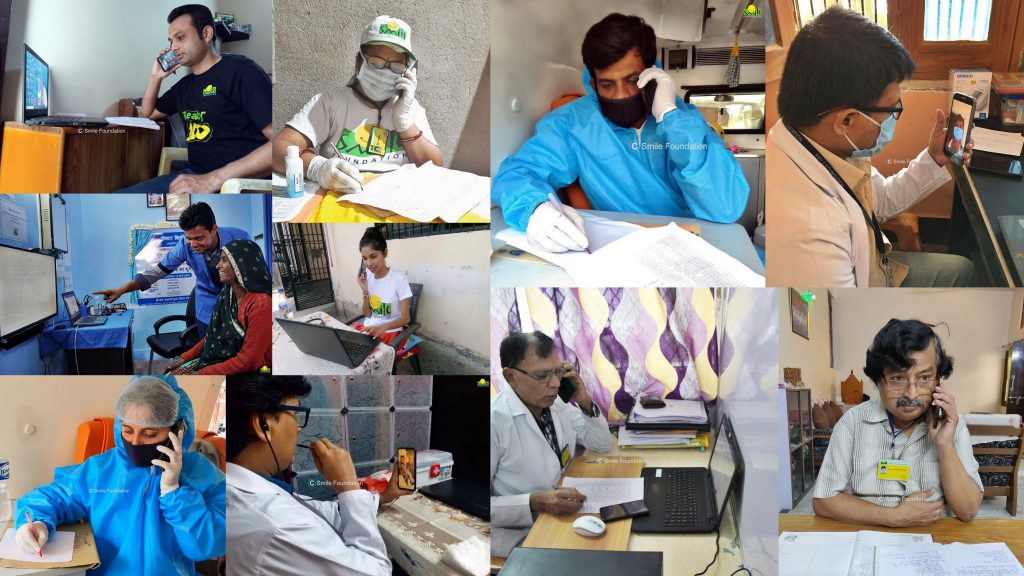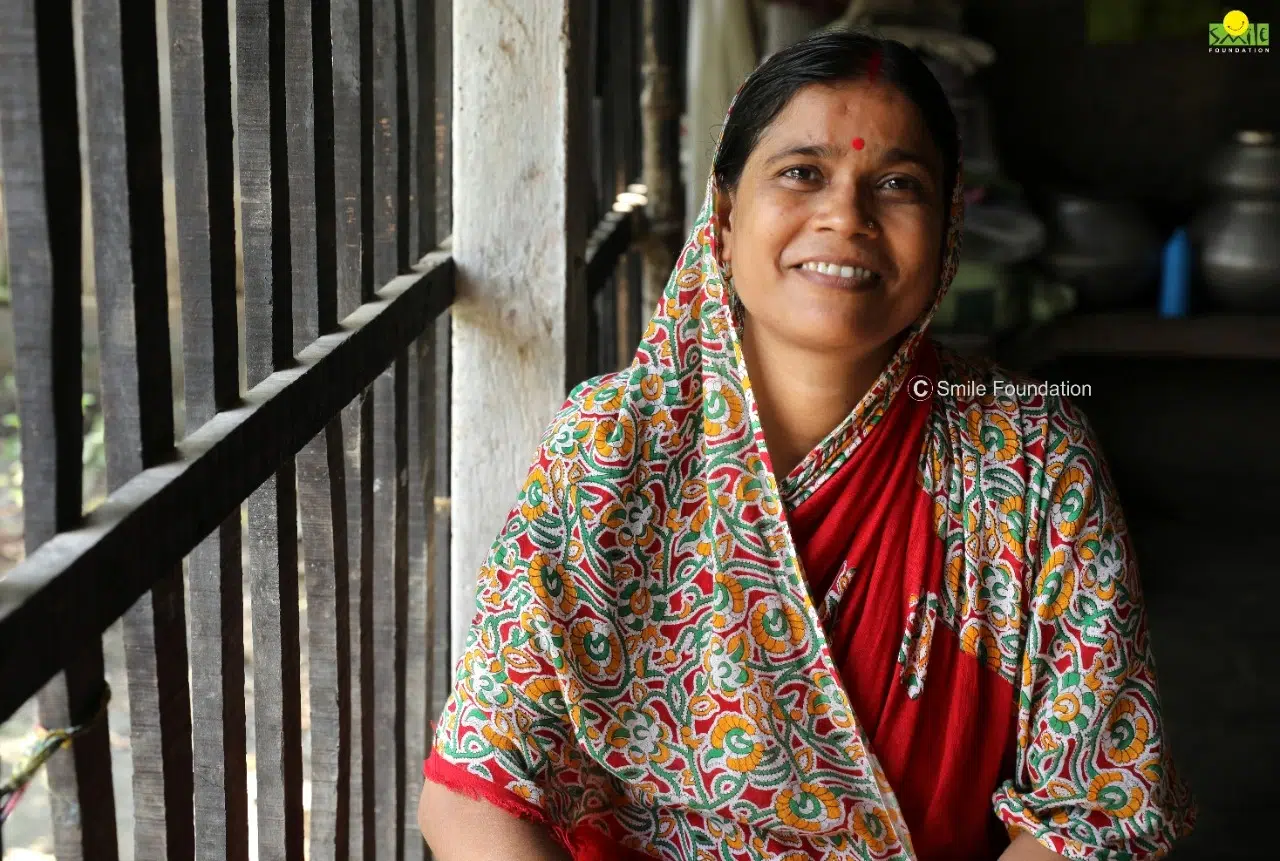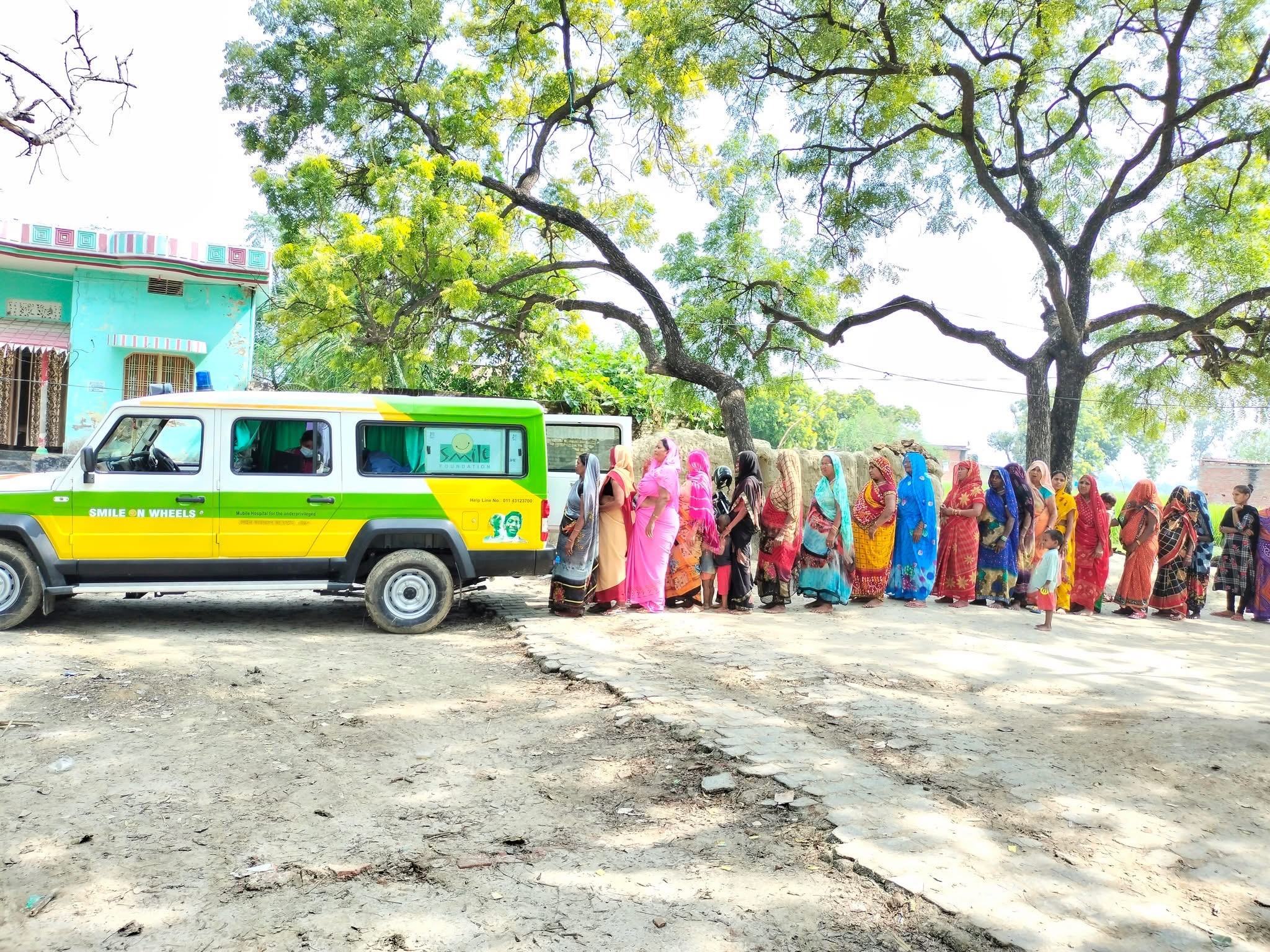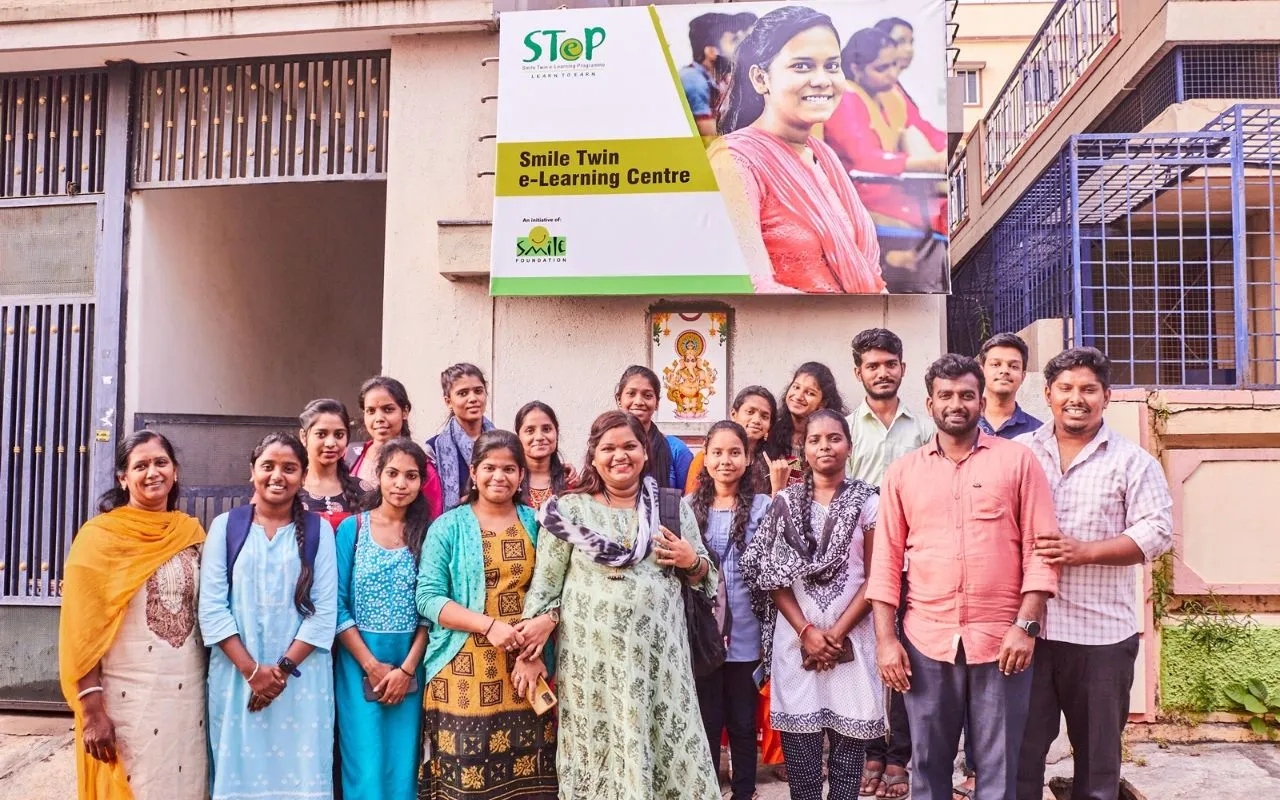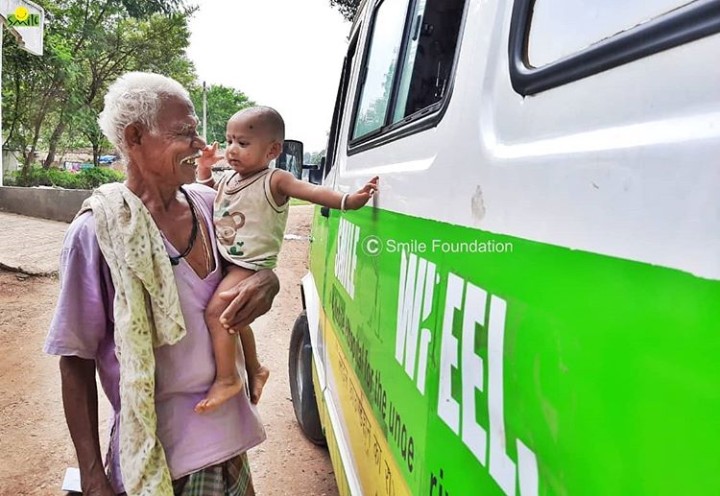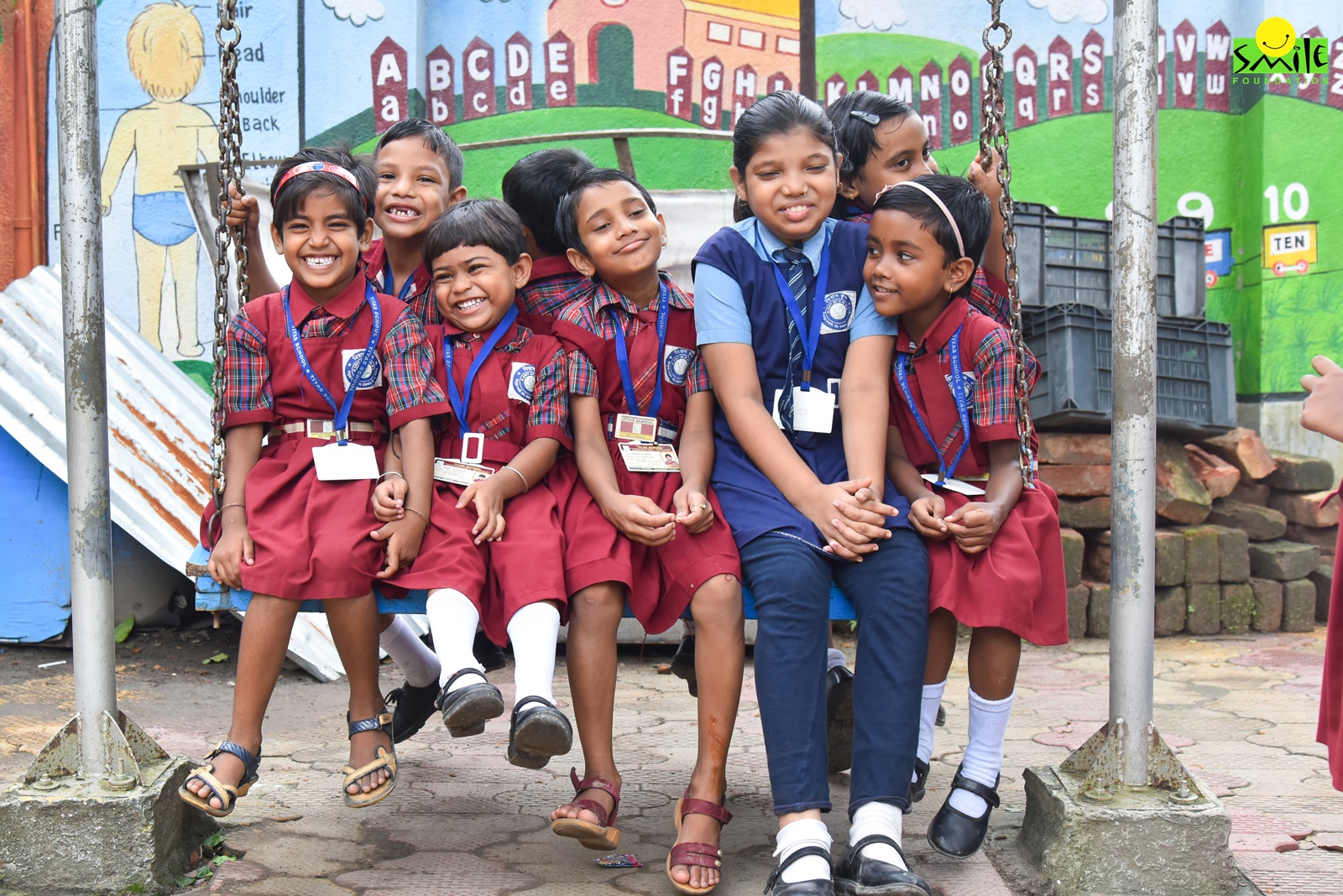With tele-medicine the goal of Universal Health Coverage can find its finest success story in India, provided we come up with solutions that align to the country’s ground realities. Language, digital infrastructure and awareness will be the game changers.
The time to expedite the Universal Health Coverage (UHC) goal has never been more critical than now. The COVID-19 pandemic has brought healthcare to the centre stage of public discourse today. Government and health authorities are rejigging policies overnight to fast track delivery of medical care. A case in point is the announcement by NITI Aayog about India’s decision to recognise tele-medicine as a viable mode of remote health consultation. If implemented well, tele-medicine can revolutionise India’s access to healthcare.
At its current state, most of the medical specialists and advanced hospitals are concentrated in urban areas. This leaves approximately 926 million Indians who live in villages, small cities, and towns struggling for adequate care. Against the WHO recommended doctor to patient ratio of 1:1000, in India it is 1:2000. And the doctors who are working in remote areas are not equipped enough to offer any specialised consultation to the patients due to lack of adequate investment in rural healthcare infrastructure.
Tele-medicine can address these gaps to a great extent. Through community based tele-health kiosks in small towns and villages, patients can connect with specialist doctors at the nearest urban hospital to carry out diagnostics. The good news is India continues to have one of the fastest growing bases of internet users where the rural internet users are said to be increasing by 58 per cent annually. By 2034, 80 per cent of India will have digital connectivity. Similar projections are made for access to smartphones. These developments augur well for enhancing healthcare accessibility through digitisation.
Tele-healthcare can also improve efficiency in terms of coverage of patients per day. The number of examinations can double as compared to OPD consultations thanks to the streamlining of processes through technology. This can also fill the void of doctor patient ratio.
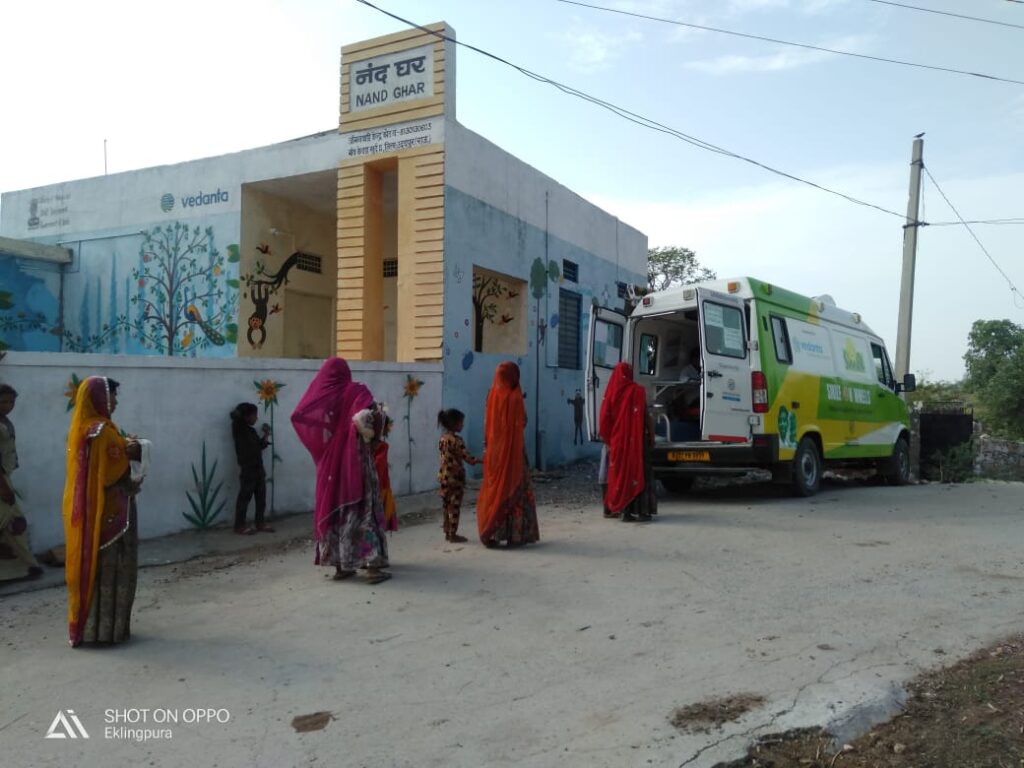
Rural health kiosks can also help enabling livelihood across the village communities. Each of these kiosks will require manpower which can be stationed at these centres. Through skilling, the village youth can become the first-line responders of preventive and essential healthcare. They can be trained to perform services such as checking blood pressure, running tests for intestinal sickness, blood glucose levels, and haemoglobin, and administering over-the-counter medicines for fever and aches.
However, to get there India will have to scale infrastructural and behavioural hurdles. For one, while a number of Indian startups have launched healthcare apps that facilitate remote consultation, very few support local languages. Second is the payment option. Most of the tele-health offerings support digital wallets like Paytm or Google Pay – this model of transaction may not be very popular in remote areas. A bigger challenge is the need for behavioural change. Population in smaller towns and villages have a bias towards brick and mortar health set up. Awareness about tele-medicine is low and therefore the buy-in about its effectiveness.
If these challenges are tackled then India can become the finest success story of the UHC goal. Not just that, tele-medicine can also become a thriving investment and entrepreneurship opportunity. The game-changer, however, will be launching solutions which are customised to the ground realities of the country.
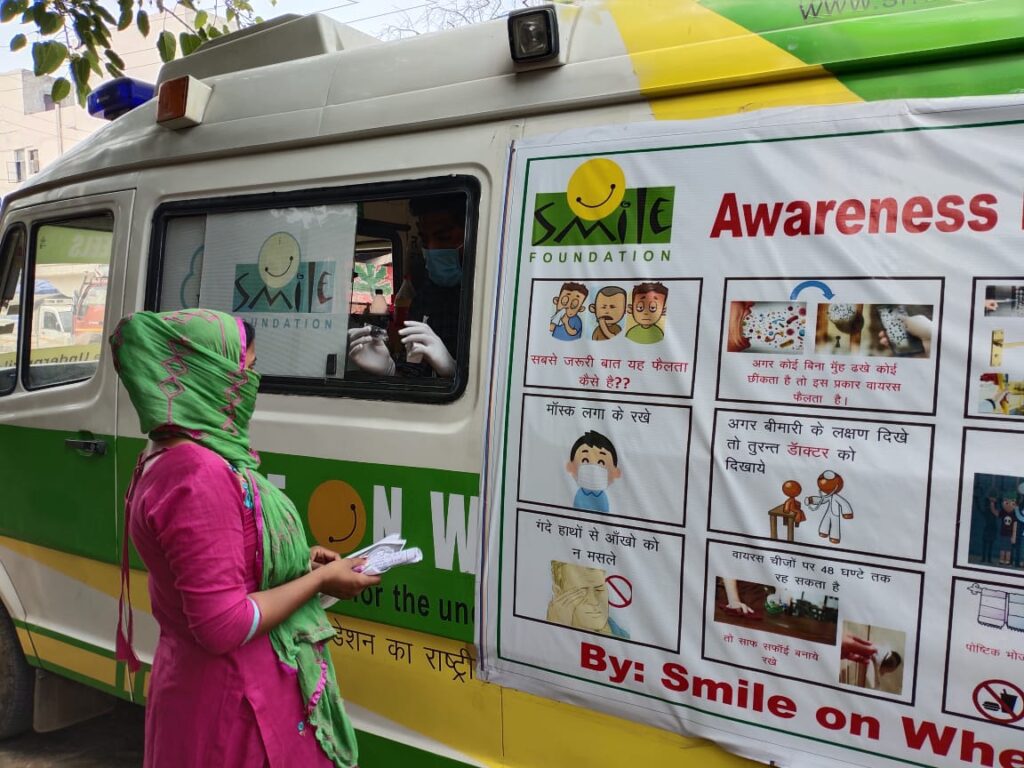
Smile on Wheels, a mobile hospital programme of Smile Foundation takes healthcare to the doorsteps of vulnerable communities in the hardest to reach places. It has benefited more than 1 million people so far.
Through it’s programme Health Online within the Smile on wheels programme, tele-medicine or e-clinics overcome the scarcity of doctors in remote rural locations. For every 10 on ground clinics with paramedics there is 1 digital clinic with a doctor covering many communities.
To know more about Smile Foundation’s healthcare initiative for the rural poor visit https://www.smilefoundationindia.org/health-cannot-wait/



